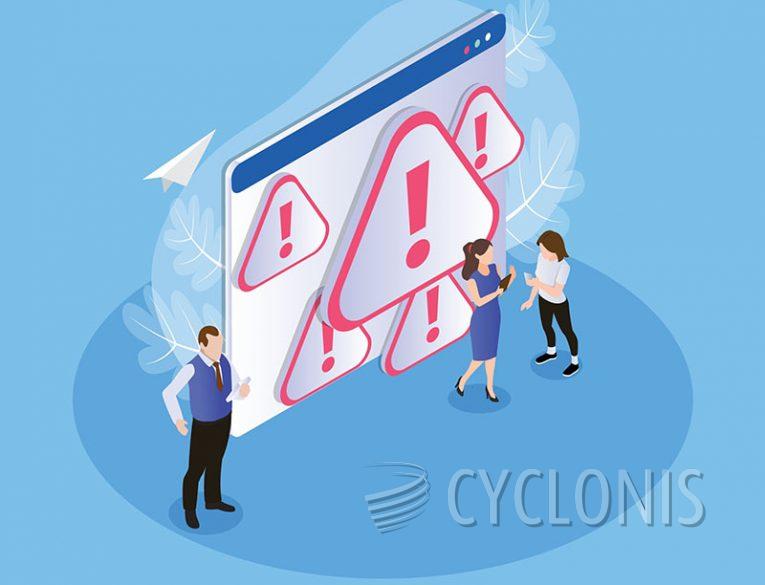DesktopEdition Adware

If your Mac is dealing with the DesktopEdition pop-up and its notifications, you should take immediate action.
This particular adware targets Mac users with intrusive pop-ups. Once it infiltrates your system, be prepared for an influx of ads, unexpected redirects, and the potential installation of other undesirable applications.
The pop-up and its associated software often enter Mac systems bundled with other software or through deceptive prompts on untrustworthy websites, catching users off guard.
Frequently employing a tactic linked to AdLoad malware, it utilizes deceptive "Update Adobe Flash Player" alerts to deceive users. "DesktopEdition will damage your computer" is designed to flood your web experience with ads, altering browser settings in Mozilla Firefox, Google Chrome, Internet Explorer, and Safari, resulting in an overwhelming volume of advertising being shown.
These alterations can lead to a decline in Mac performance and an increased risk of malicious redirects. Moreover, DesktopEdition engages in covert data collection, tracking your activities and extracting personal data. Swift removal is recommended to halt its ad onslaught and protect your privacy.
How Can Adware End Up on Your Mac?
Adware can find its way onto your Mac through various channels, taking advantage of vulnerabilities, user actions, or deceptive tactics. Here are common ways adware can end up on your Mac:
Software Bundling: Adware often comes bundled with free or seemingly legitimate software that users download and install. During the installation process, users may overlook or ignore additional offers or checkboxes, leading to the inadvertent installation of adware.
Deceptive Advertisements: Clicking on misleading or deceptive advertisements, especially on untrustworthy websites, can trigger the download and installation of adware. These ads may prompt users to click on fake system alerts or software updates.
Malicious Websites: Visiting compromised or malicious websites can expose your Mac to adware. Drive-by downloads, where malware is automatically downloaded without user consent, can occur when accessing such sites.
Fake Software Updates: Adware creators may use deceptive pop-ups or notifications claiming that your software or plugins need updating. Clicking on these fake update prompts can result in the installation of adware instead of legitimate updates.
Freeware and Shareware: Downloading and installing free or shareware applications from unverified sources can introduce adware to your Mac. Some developers monetize their free software by including adware, which is installed alongside the intended program.
Infected Email Attachments: Adware can be distributed through malicious email attachments. Users who open attachments from unknown or suspicious emails may inadvertently install adware on their Mac.
Clicking on Unverified Links: Clicking on links in emails, social media, or other online platforms that lead to unverified or compromised websites can expose your system to adware installations.
Security Vulnerabilities: Exploiting vulnerabilities in software or operating systems can be another avenue for adware to infiltrate your Mac. Keeping your software updated with the latest security patches helps mitigate this risk.







